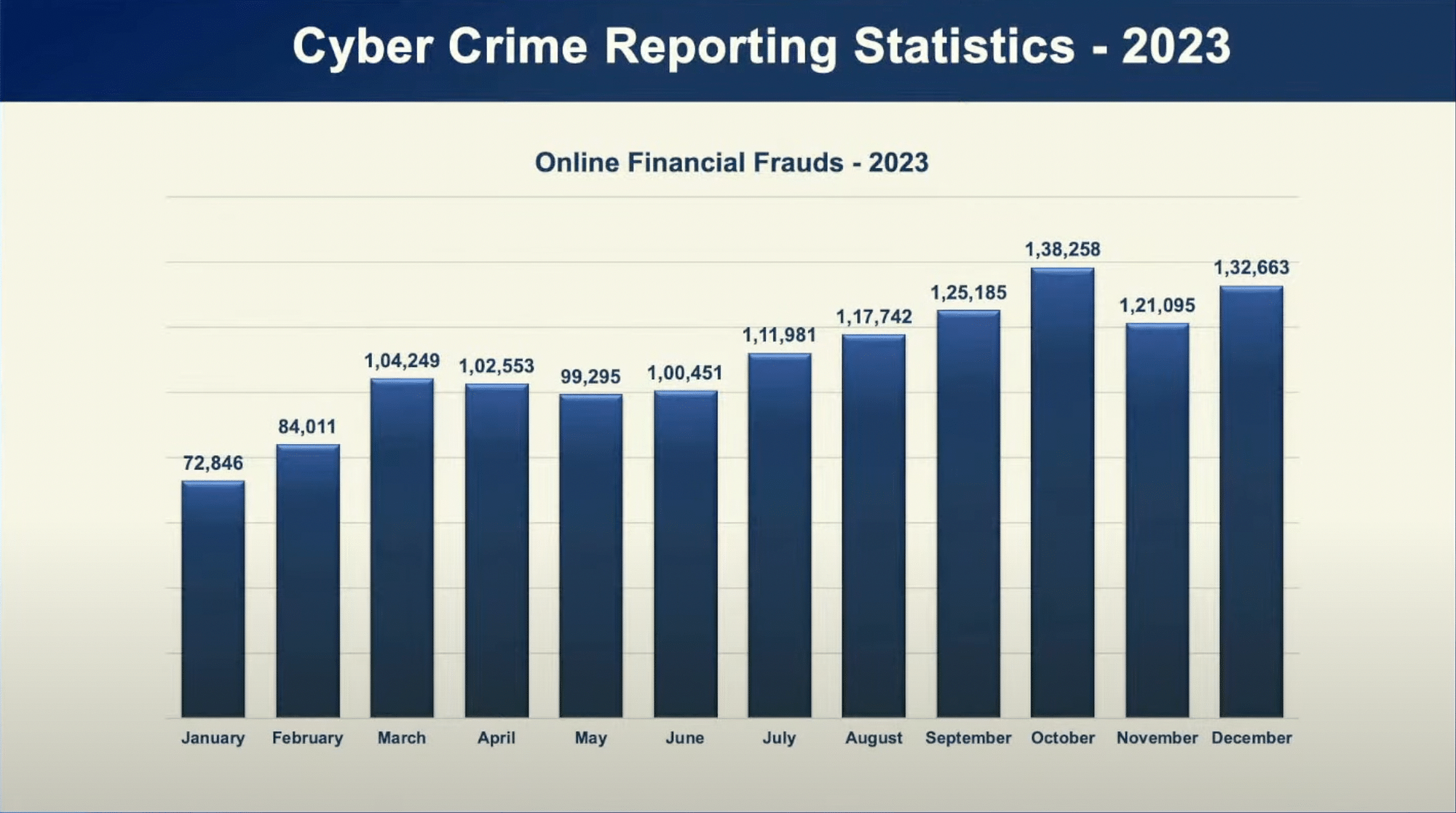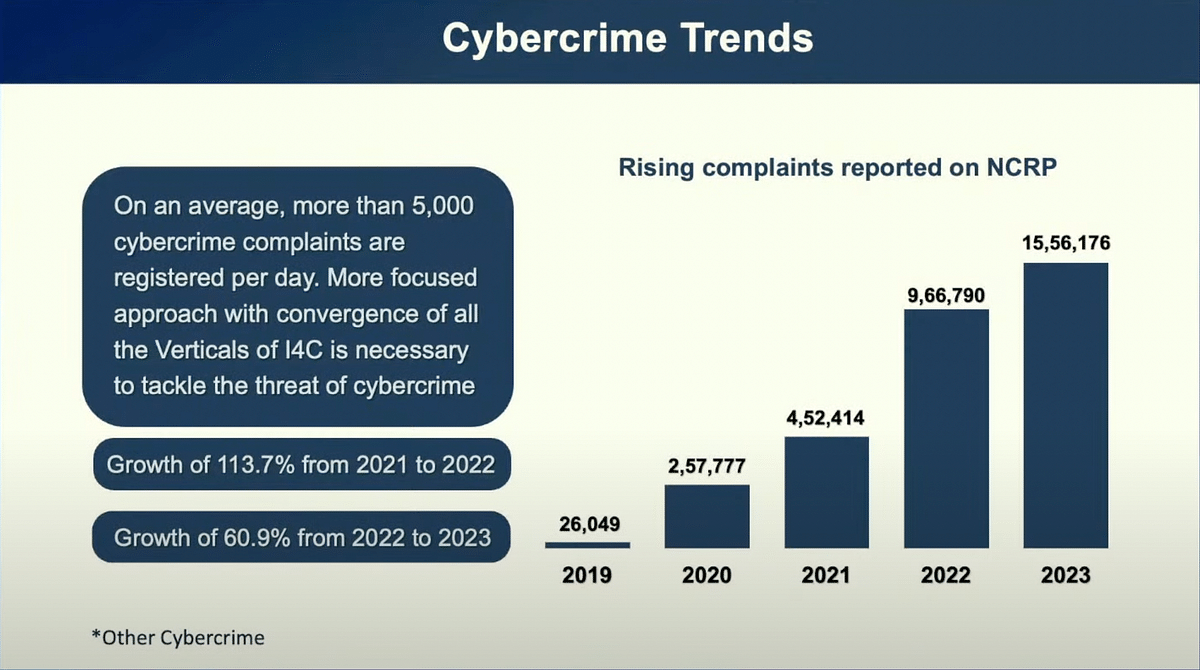Cyber Crimes in Central India: A Comprehensive Analysis with a Focus on Social Media
Men have always sought to advance and innovate, and the computer stands as one of the most remarkable achievements in this quest. Beyond making life more convenient, computers serve as alternatives to the human brain for storing and retrieving information, surpassing human intellect in purely functional terms.

This innovation entails decades of accumulated knowledge, enhancing individual capabilities and meeting evolving human desires. Consequently, technology profoundly influences our natural environment through the practical application of scientific understanding for human convenience. The advent of the internet has pervaded nearly every aspect of life, giving rise to the concept of cybercrime, which evolves rapidly alongside technological and societal advancements.

Overview of Cybercrime
Cybercrime refers to any illegal activity that takes place on the internet or uses the internet as a platform. This broad term encompasses various unlawful activities, often executed by individuals proficient in technology.

Traditional crimes can also manifest as cybercrimes when conducted online. Mobile social media, accessed through smartphones and laptops, plays a significant role in mobile marketing, facilitating user-generated content that aids companies in market research, communication, and relationship building.

Cyber Crimes Using Social Media
Social media platforms have revolutionized communication, but they also provide new avenues for cybercrime. The infamous 2012 Delhi Gang Rape case, where social media mobilized millions against the perpetrators, exemplifies the power of these platforms. However, social media is also a breeding ground for cyberstalking, where persistent and unwanted messages can lead to harassment. Cybercriminals exploit personal information shared on these platforms to commit fraud, create fake profiles, and engage in illegal transactions.
- Fraud: Using someone's social media account to post humiliating status updates is a serious crime, potentially constituting fraud if fake accounts are used for deception.
- Cyberstalking and Online Threats: Bullying, harassment, and threats on social media are prevalent, and victims often struggle to determine when to involve law enforcement.
- Illegal Transactions: While establishing business connections on social media is legitimate, using these platforms to buy or sell illegal substances or regulated products is unlawful.
Cybercrime Laws in India
India has implemented various laws to combat cybercrime, primarily through the Information Technology Act, 2000 (IT Act), and the Indian Penal Code, 1860 (IPC). Key provisions include:
- Section 67A of the IT Act: Penalizes the publication of sexually explicit material with up to five years of imprisonment and a fine.
- Section 66E of the IT Act: Criminalizes capturing and transmitting images of a person's private area without consent.
- Section 43 of the IT Act: Imposes penalties for unauthorized access and damage to computer systems.
- Section 69A of the IT Act: Grants authorities the power to block public access to information and penalizes violations with up to seven years of imprisonment and a fine.
- Section 71 of the IT Act: Punishes providing false information to obtain licenses or digital signatures with up to two years of imprisonment or a fine.
Provisions under the IPC include:
- Section 292: Criminalizes the distribution of obscene materials.
- Sections 419 and 420: Address identity theft and online scams, with penalties of up to three and seven years of imprisonment, respectively.
- Section 354C: Requires authorization to capture images of private areas, but does not apply to morphed images.
- Sections 504 and 506: Penalize threats and harassment via digital communication.
Notable Cases in Cybercrime
- Yahoo v. Akash Arora: One of the earliest cybercrime cases in India, involving unauthorized use of the trademark "yahooindia.com."
- Shreya Singhal v. Union of India: Highlighted the need for stricter regulations on internet accessibility due to the widespread reach of online content.
Conflict Between IT Act and IPC
There are instances where crimes are punished under both the IPC and IT Act, despite involving the same acts. Differences in bail, compounding, and prosecutability create complexities. For example, obscenity distributed online is punished under the IT Act, while offline distribution falls under the IPC. The case of Gagan Harsh Sharma v. The State of Maharashtra illustrates these conflicts, where charges under both the IPC and IT Act were considered. The Sharat Babu Digumarti case further emphasized that acts punishable under the IT Act should not be charged under the IPC.
Conclusion
Leave a comment